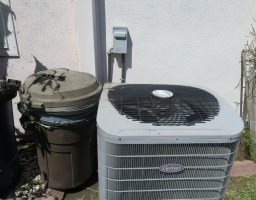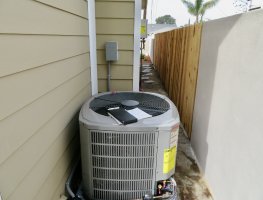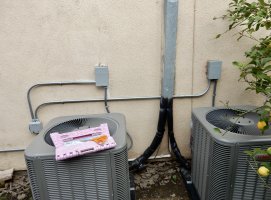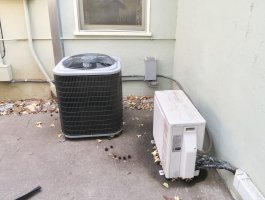jar546
Forum Coordinator
Ok so this one has me riled up. The Building Officials Association of Florida (BOAF) of which I am a member came out with this informal interpretation that some people are hanging their hat on as gospel as though it is an official interpretation. I would love to send this to the NFPA to get their take on this. See the attached PDF.
Essentially, you know what? Just read it.
Here is my rebuttal.
1) Electricians and HVAC service technicians are always working in live disconnects taking voltage readings. Read 110.26. The interpretation only uses the word service and completely ignores the other verbiage in 110.26 such as examination, adjustment, & maintenance. I cannot for the life of me understand why you would render an opinion on a life safety item that is black and white with no gray area.
2) Does 110.26 really have to say disconnect? Isn't a disconnect electrical equipment? It is almost as though this interpretation was a favor to someone.
Essentially, you know what? Just read it.
Here is my rebuttal.
1) Electricians and HVAC service technicians are always working in live disconnects taking voltage readings. Read 110.26. The interpretation only uses the word service and completely ignores the other verbiage in 110.26 such as examination, adjustment, & maintenance. I cannot for the life of me understand why you would render an opinion on a life safety item that is black and white with no gray area.
2) Does 110.26 really have to say disconnect? Isn't a disconnect electrical equipment? It is almost as though this interpretation was a favor to someone.




